These self-driving tractors could make farming easier and greener.


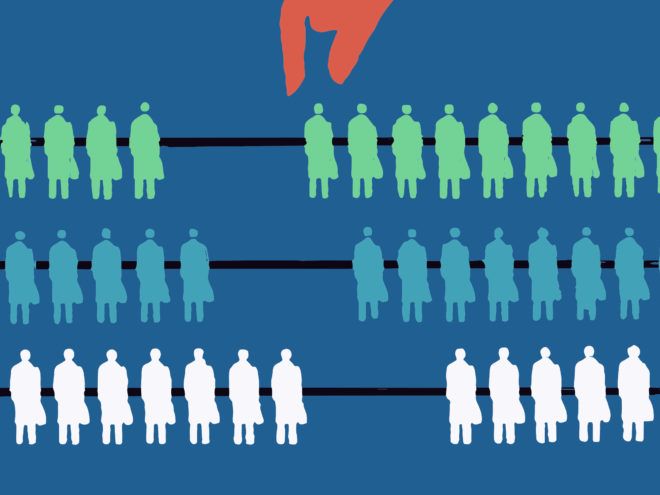
Chia-Chiunn Ho was eating lunch inside Facebook headquarters, at the Full Circle Cafe, when he saw the notice on his phone: Larry Zitnick, one of the leading figures at the Facebook Artificial Intelligence Research lab, was teaching another class on deep learning.
Ho is a 34-year-old Facebook digital graphics engineer known to everyone as “Solti,” after his favorite conductor. He couldn’t see a way of signing up for the class right there in the app. So he stood up from his half-eaten lunch and sprinted across MPK 20, the Facebook building that’s longer than a football field but feels like a single room. “My desk is all the way at the other end,” he says. Sliding into his desk chair, he opened his laptop and surfed back to the page. But the class was already full.
Internet giants have vacuumed up most of the available AI talent—and they need more.
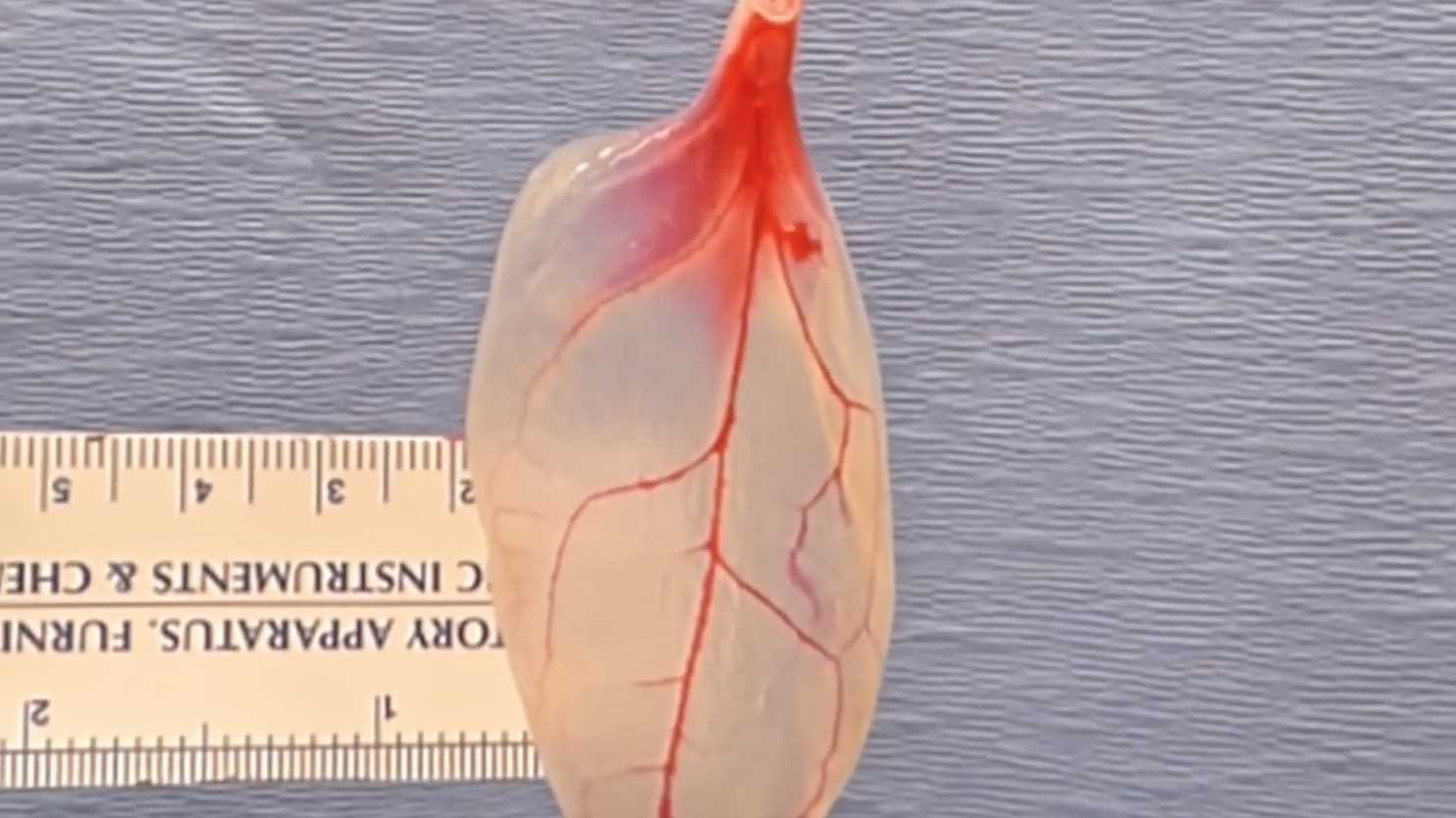
If an overhyped vegetable existed before marketers coined the term superfood — and long before Oprah Winfrey chatted up acai berries with Dr. Oz — look no further than spinach. (Here’s to Popeye, eating the stuff by the can to inflate his biceps.) Spinach alone, of course, won’t pump anyone up. But it does have a few physical properties of the type that excite biomedical engineers. Spinach grows a network of veins, for instance, that thread through its leaves in a way similar to blood vessels through a human heart.
These leafy veins allowed researchers at Massachusetts’s Worcester Polytechnic Institute to give a new meaning to heart-healthy spinach. The tissue engineers, as they reported recently in the journal Biomaterials, stripped green spinach leaves of their cells. The spinach turned translucent. The scientists seeded the gaps that the plant cells left behind with human heart tissue. Heart cells, in clusters, beat for up to three weeks in this unusual environment.
The inspiration for the human-plant fusion came over lunch — and, yes, the leafy greens were involved — when WPI bioengineers Glenn Gaudette and Joshua Gershlak began to brainstorm new ways to tackle a deadly medical problem: the lack of donor organs. Of the more than 100,000 people on the donor list, nearly two dozen people die each day while waiting for an organ transplant.

https://www.youtube.com/watch?v=xGZSm-6ng9k
Amazing Genes are HIDDEN inside of us; Science has found it. In 2014 one of the craziest science experiments by some incredible scientists at Oxford University found that less than 10% of human DNA is active, meaning that the majority of your genetic code is just sitting around doing nothing.
Narration provided by JaM Advertising New Mexico www.tasteofjam.com
If you’ve ever been in a fight with a child, and I know I have, you’ll soon realise that their bodies have an uncanny ability to heal faster than an adult’s. Every human on Earth possesses a gene called ACTN3, but for some people this gene possesses a very special ability — the ability to be totally badass at sports. When my head is in a bouquet of flowers or I’m hovering over a batch of freshly baked cookies, I wonder how great this must smell to a dog. Remember that movie where Bruce Willis had unbreakable bones and Samuel L Jackson played a weird guy who said he was unbreakable and he proved it when he was in a car crash and his bones were unbreakable?The ability to hibernate for months at a time is a trait man has envied ever since the invention of the Lay-Z-Boy. Instead of sleeping for months, how awesome would it be to need no more than four hours sleep and still feel as refreshed as you would after sleeping in till noon? Remember the mice from the regeneration gene entry? Ever wanted to swim underwater without having to worry about that pesky little thing called drowning? On the surface this ability may sound pretty neat, because imagine how good chocolate or steak would be if your sense of taste was ramped up a few notches? The ability to become infected by an ancient virus may not seem like the best dormant trait to wake up, but they can’t all be winners now can they?
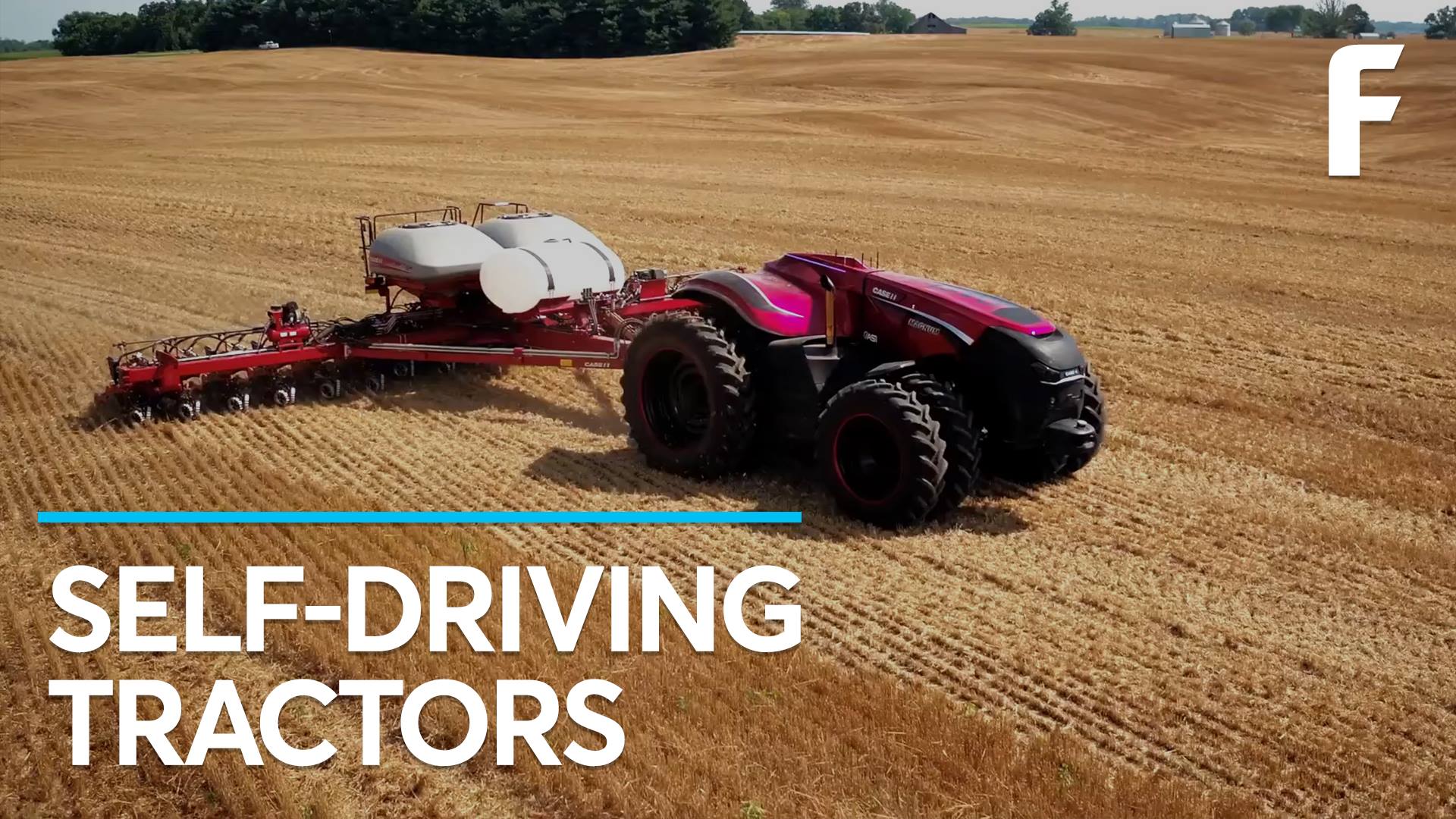
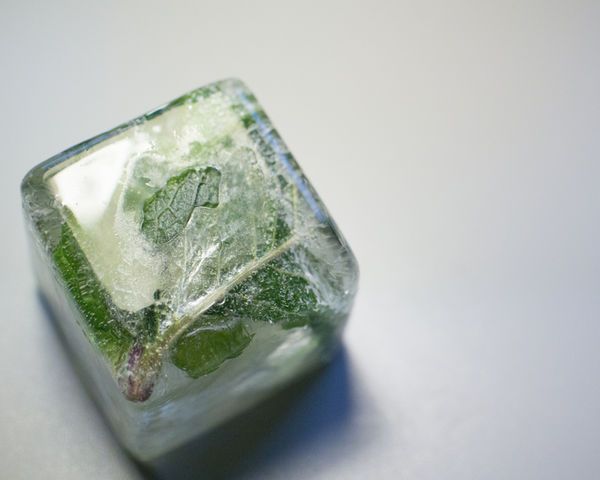
Tweaking texture could give us healthy versions of our favorite junk foods—and that’s just the beginning.
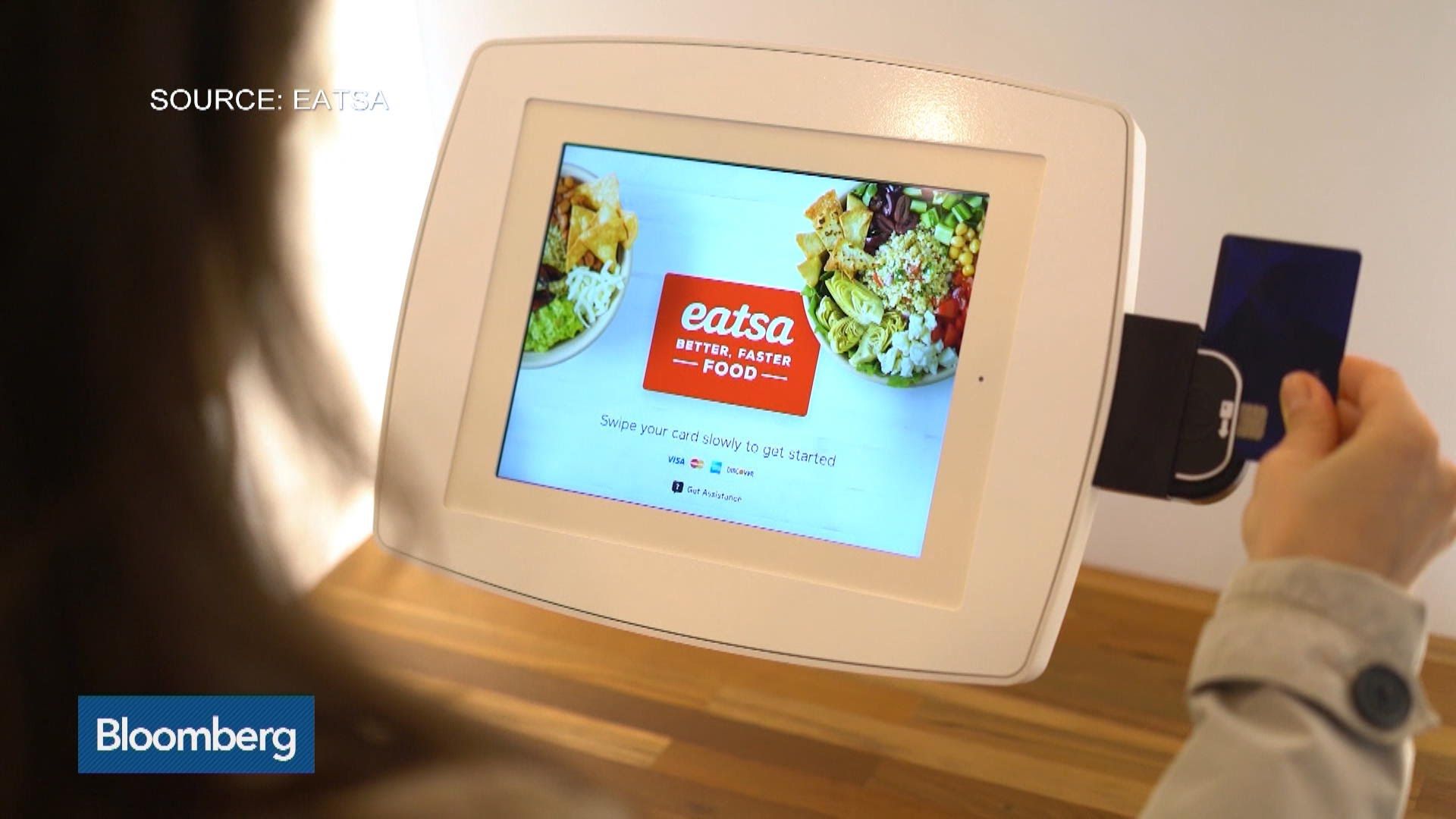
Mar.20 — Fast food giants have placed big bets on technology with the aim of getting a competitive edge, with both well-known and upstart restaurants getting in on the action. Bloomberg’s Kaitlin Meehan has more.

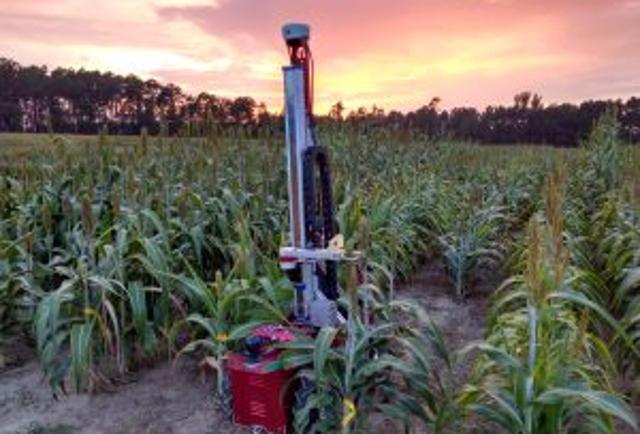
This means we need new ways to grow food that are smarter and helps regulate our use of land, water and energy in order to feed the planet and avoid a global food crisis.
Researchers at Carnegie Mellon University’s Robotics Institute believe the answer lies in sensors, artificial intelligence (AI) and robots.
In a new initiative called FarmView, researchers are working to combine sensors, robotics and artificial intelligence to create a fleet of mobile field robots they hope will improve plant breeding and crop-management practices.
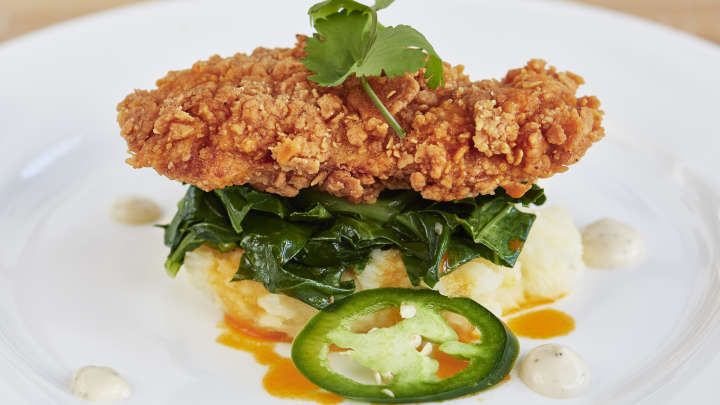
Will vegetarians start eating meat if this works out?
Lab-grown meat is a not a new concept. We’ve had the meatball, the world’s most expensive beefburger, and possibly shrimp. Now it’s the turn of chicken and duck.
San Francisco-based startup, Memphis Meats, has produced the very first “clean meat” poultry grown from cells in a lab, serving them up in a taste test that included classic southern fried chicken and decidedly fancy duck a l’orange.
Memphis Meats is one of a handful of biotech companies hoping to create commercially available in vitro meat that has all the flavor, texture, and nutrition of meat, without the killing of animals. Using the same technique as their previous beef meatball, the scientists cultured regenerative stem cells taken from the birds and placed them in bioreactor tanks. Once culturing in a sugar and mineral solution, it only takes a few weeks before they are ready to harvest.